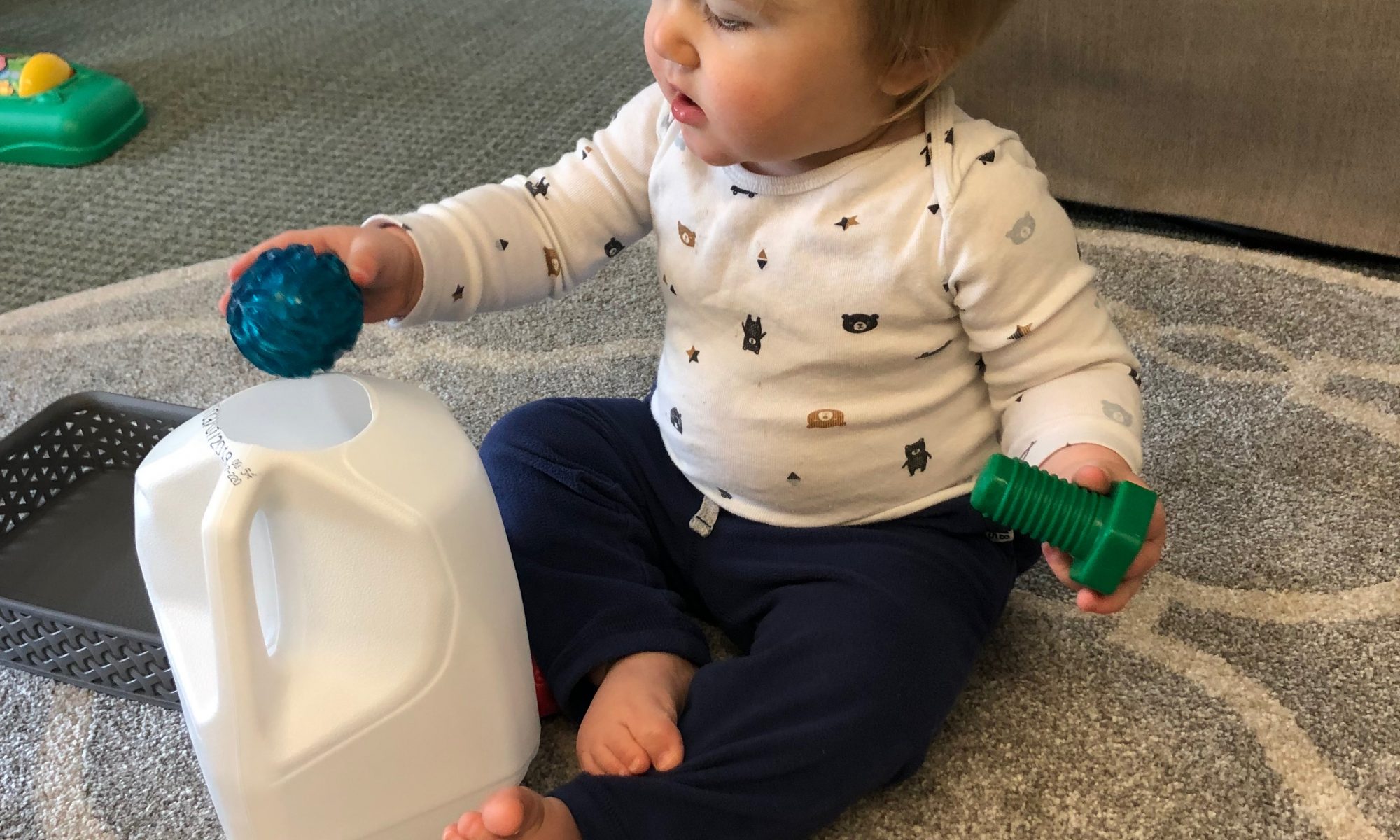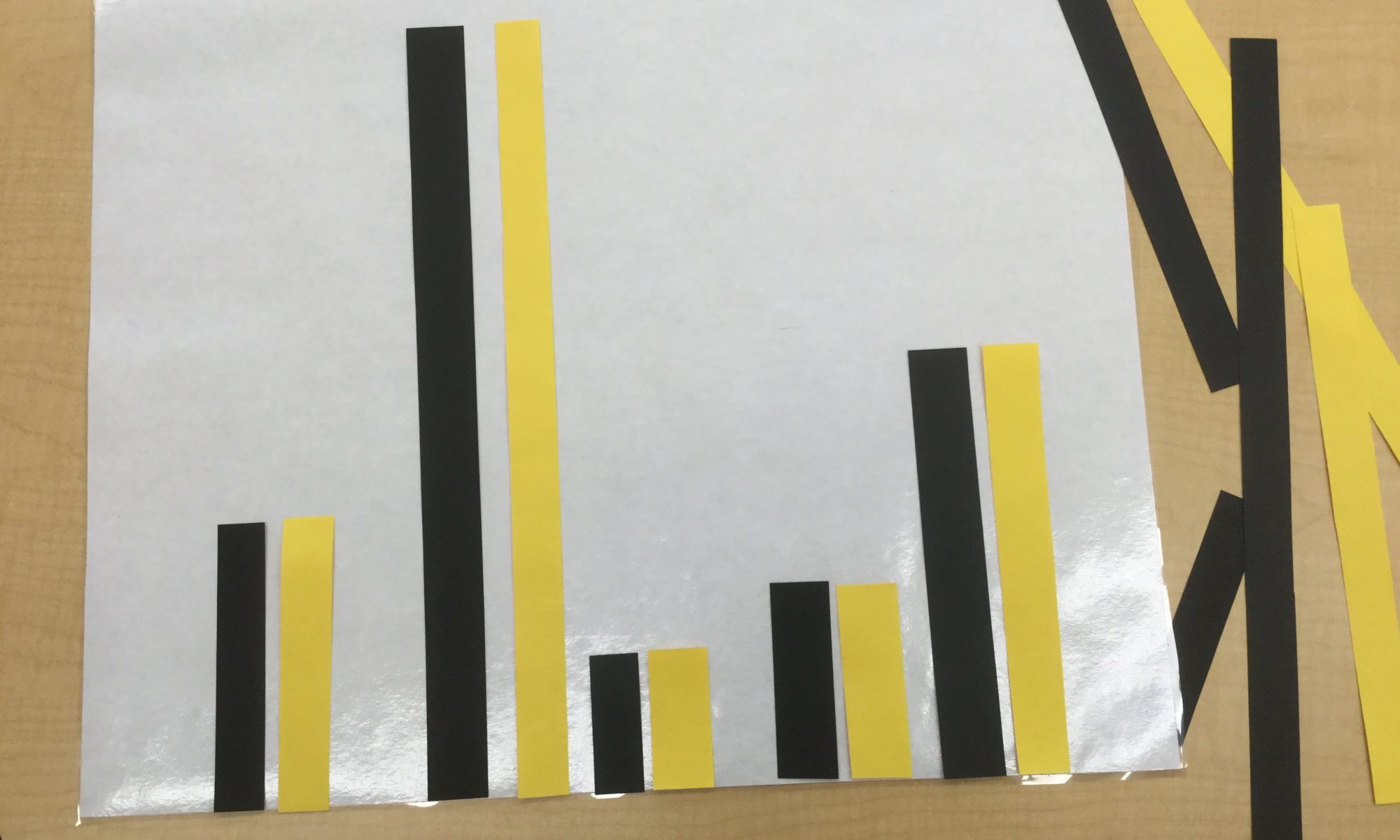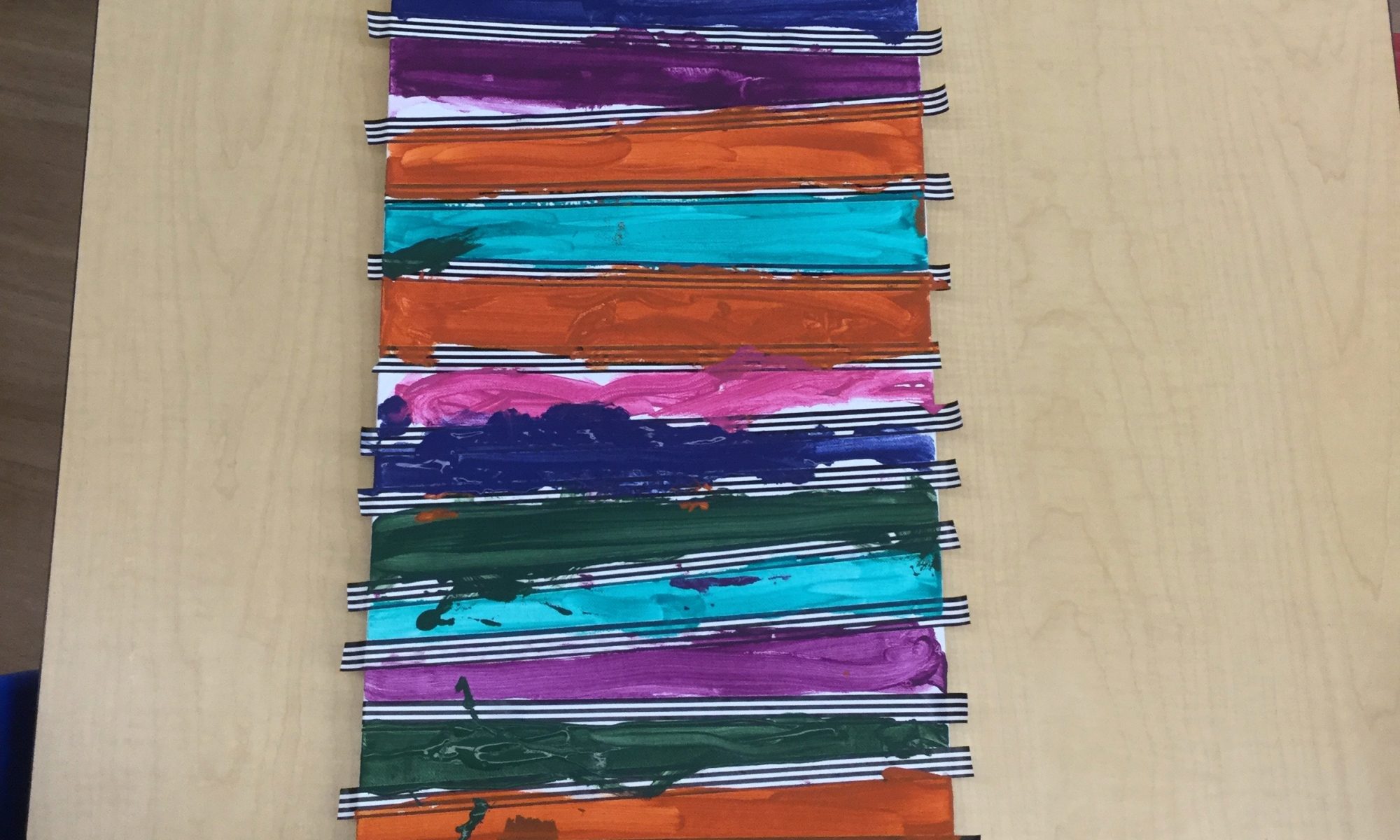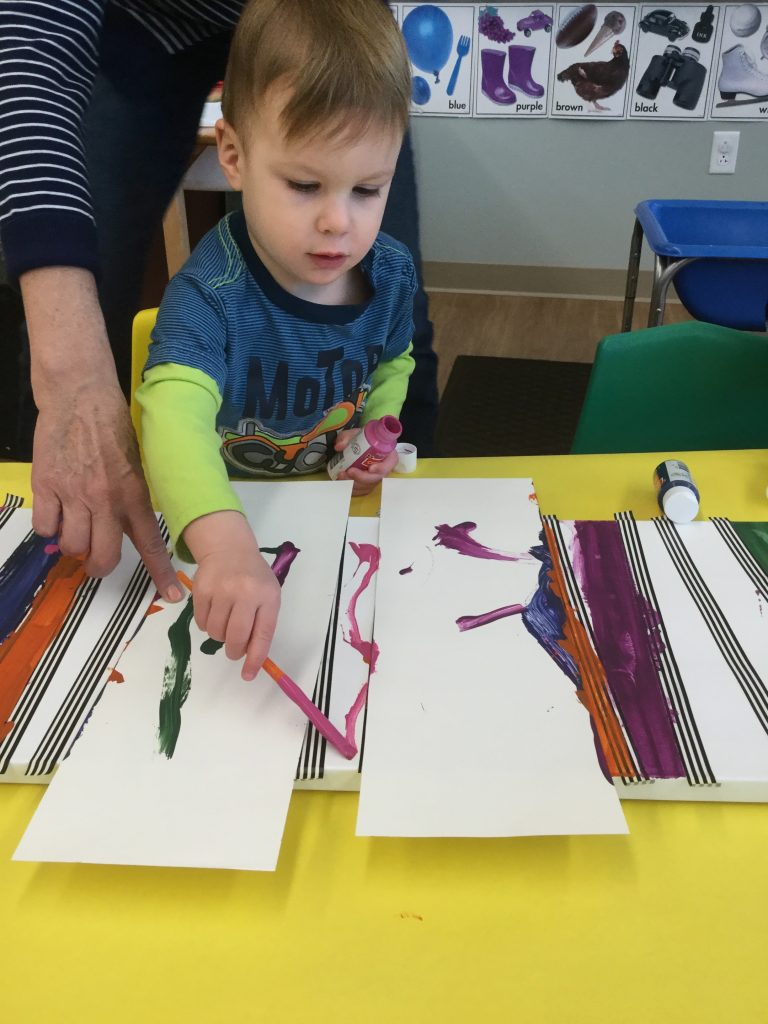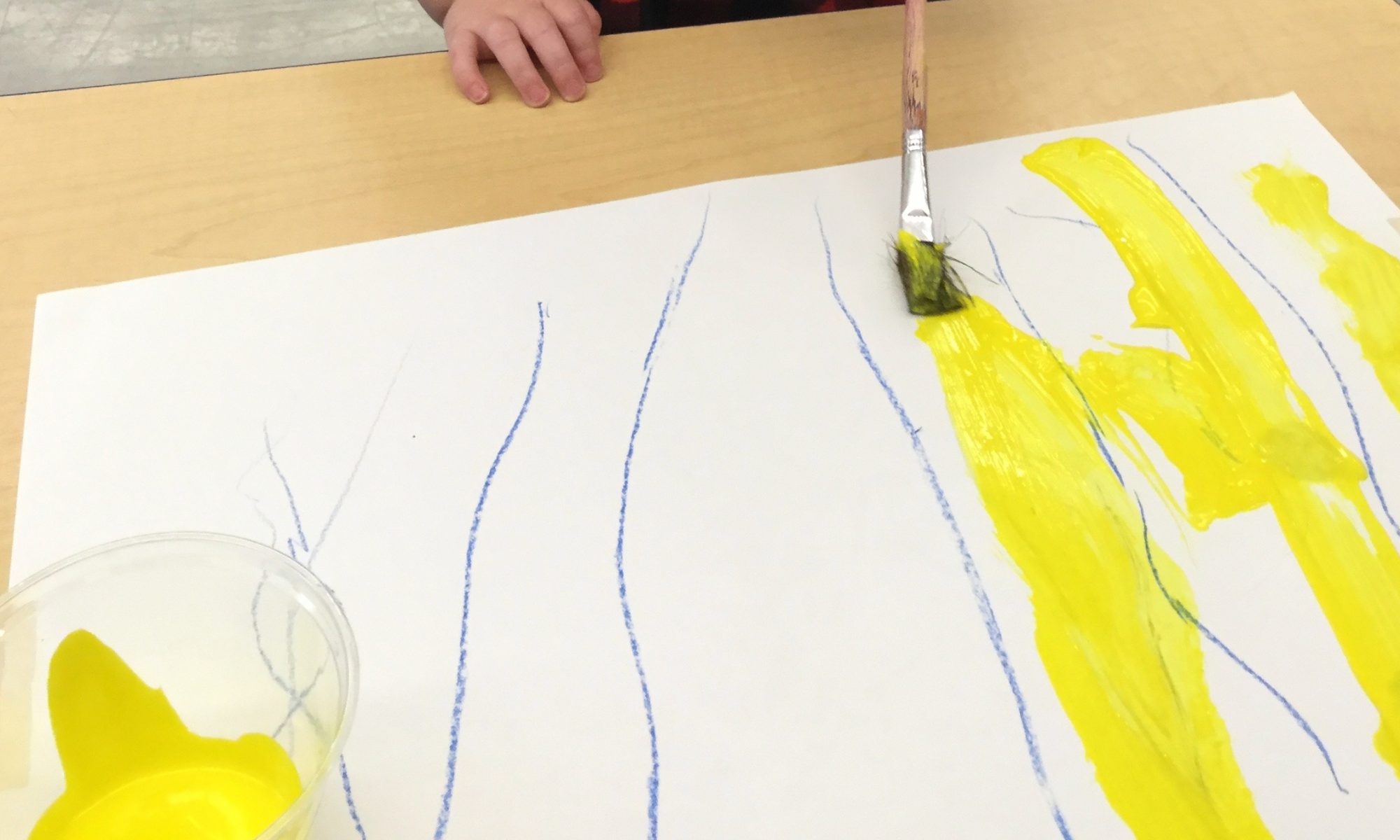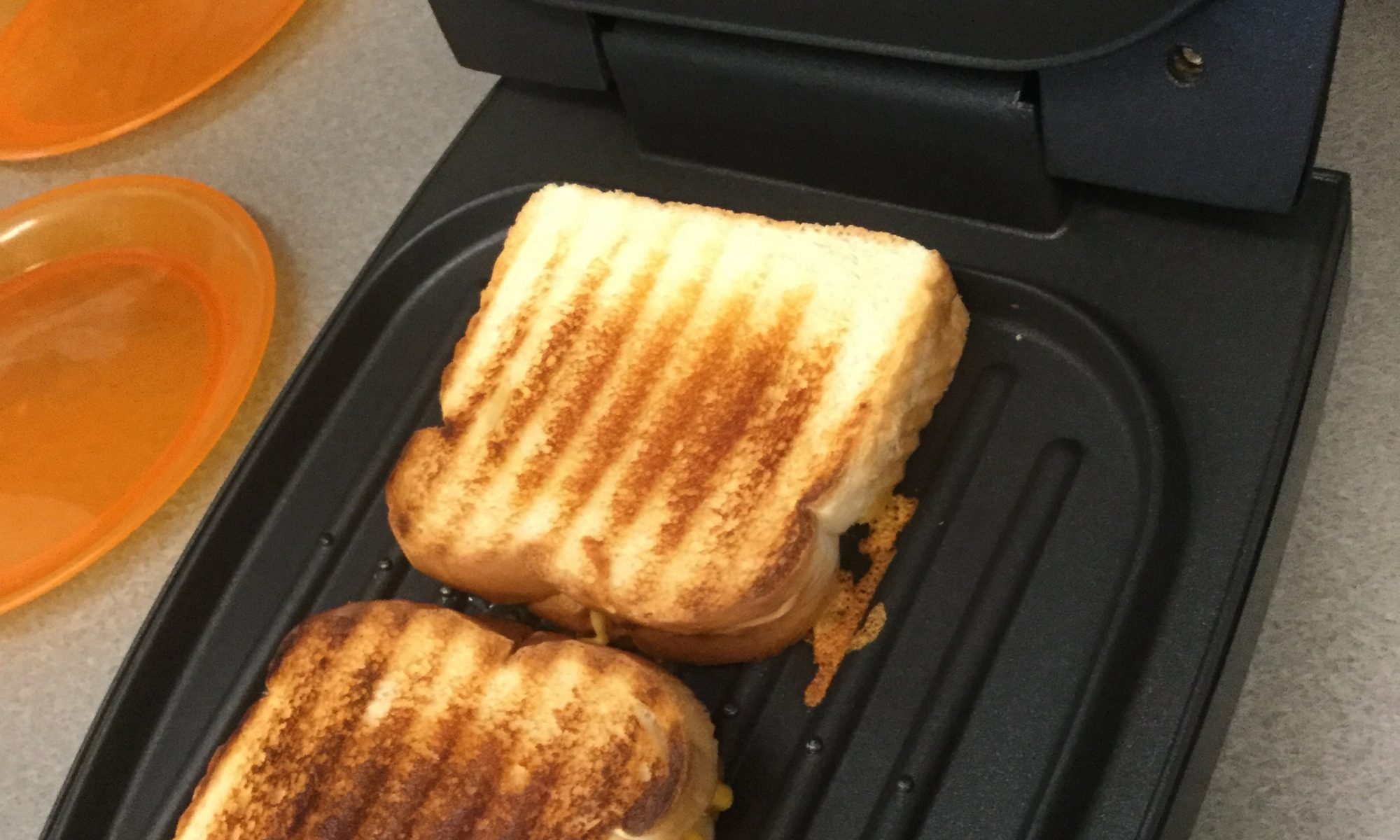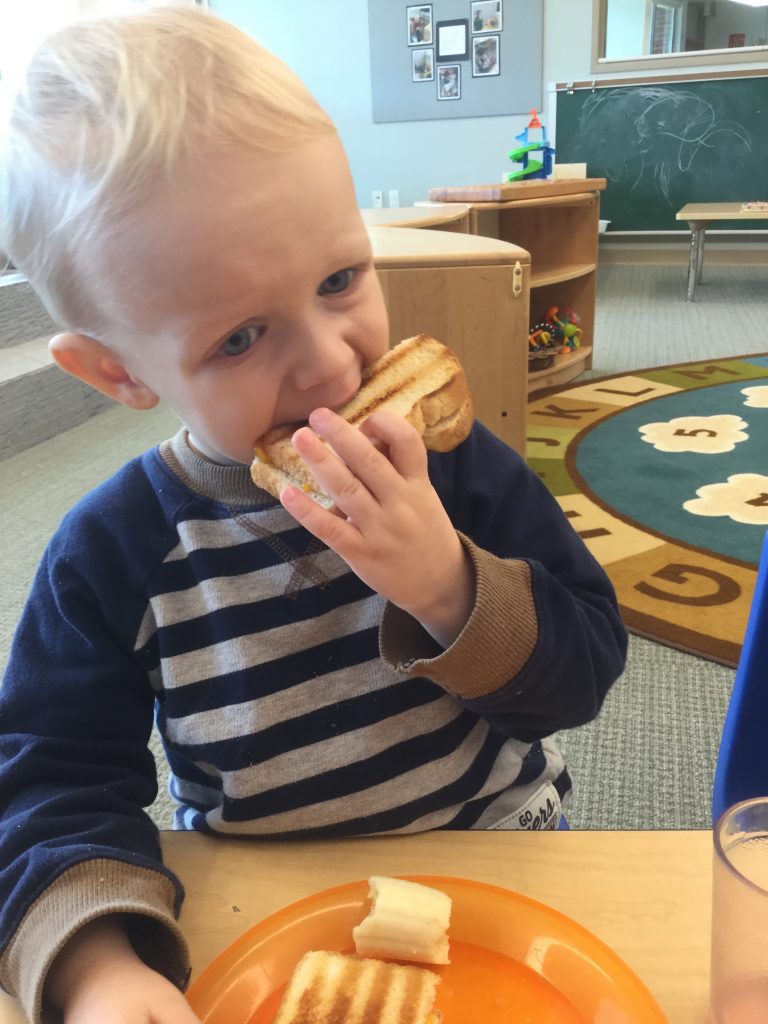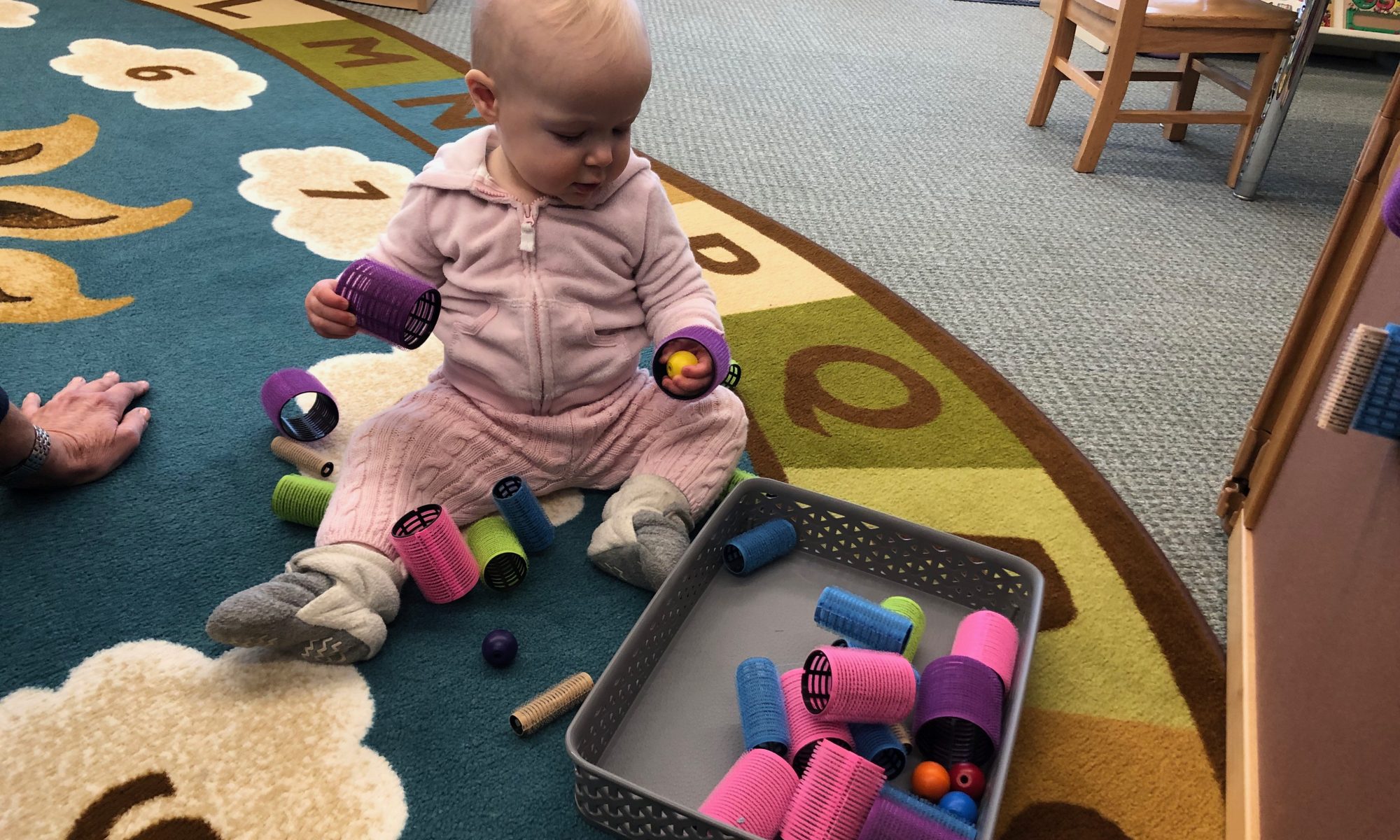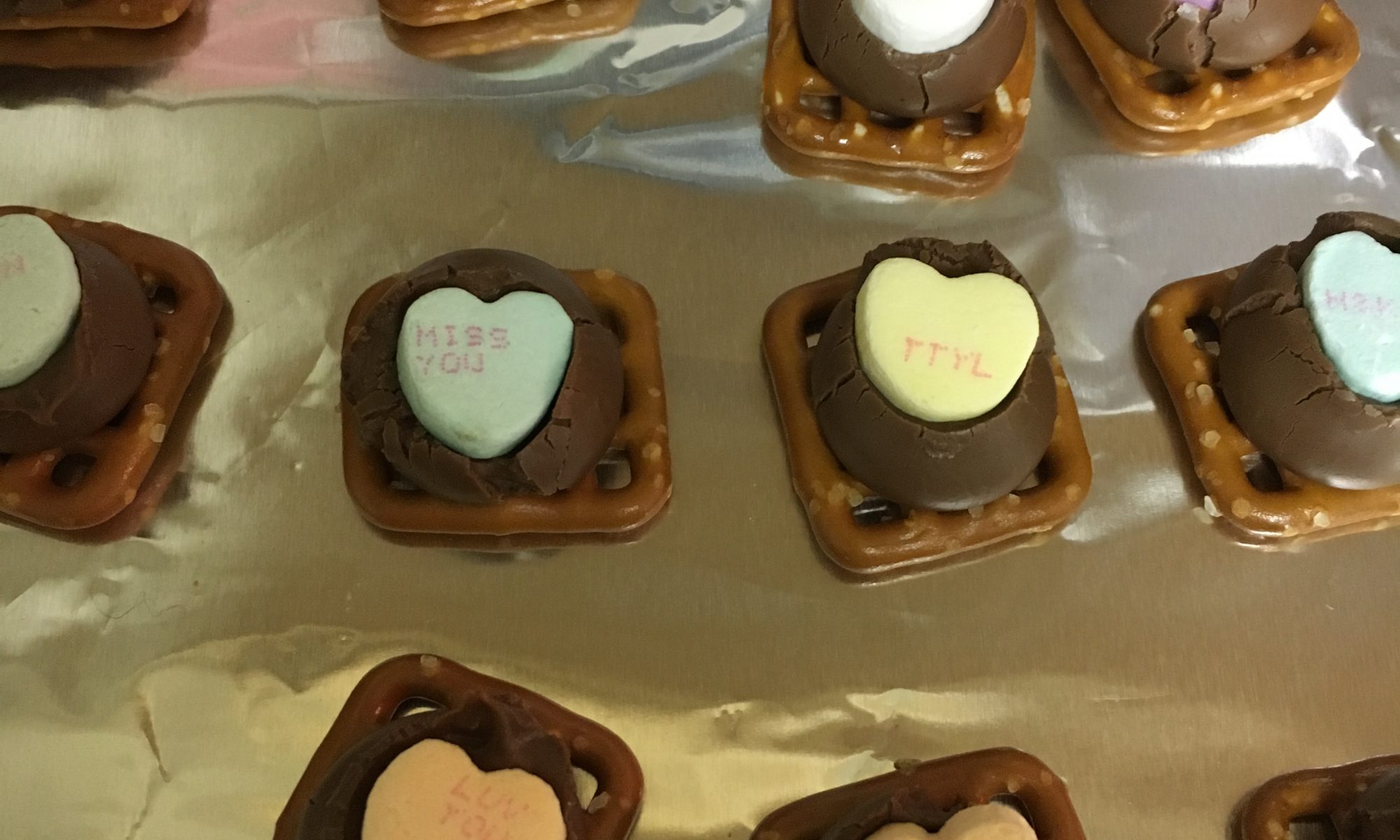Materials:
Gallon milk jug
X-Acto knife
Basket of items to drop into the jug
Directions: Thoroughly wash and rinse a gallon milk jug. Using the X-Acto knife, cut off the mouth of the jug, leaving the handle intact but making the opening big enough for your items and your child’s hand to fit through. Take one of the items and drop it through the opening. Ask, “Where did it go?” Let your little one take an item from the basket to drop through the opening. From here, the play will take on a life of its own. When Baby T. took an item, he invariably brought the item to his mouth before dropping it in the jug. One of the items, a textured blue ball that lit up whenever it hit the ground seemed to be a favorite. Baby T. would mouth the ball and then drop it into the jug, but not always successfully. When the ball missed the hole, Baby T. would crawl off after it and hold it for a while before dropping it in. When he dropped something into the jug, he would lean forward, looking in the hole for the toy. Sometimes he would reach in and pull something out, not necessarily what he just dropped in. Baby T. continued dropping in and retrieving items from the jug for 20–30 minutes before finally moving on to something else!

